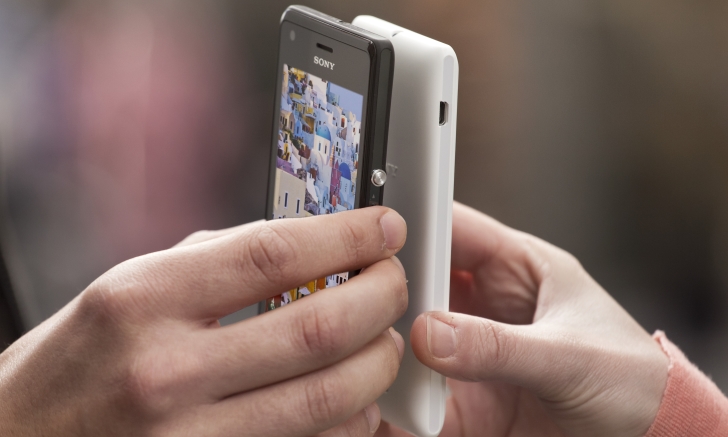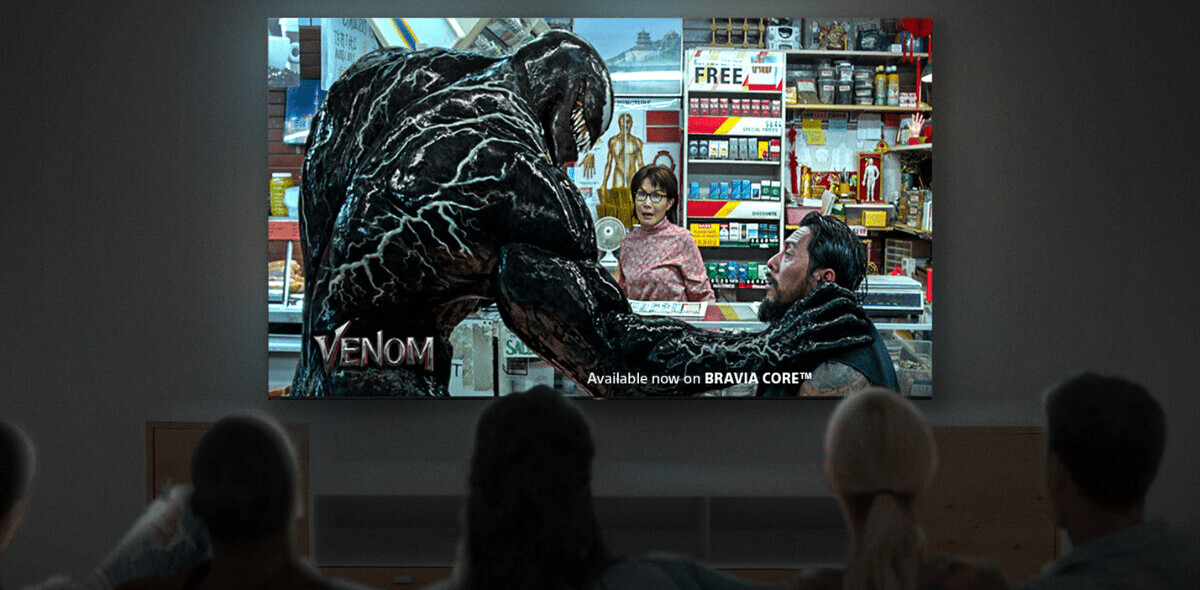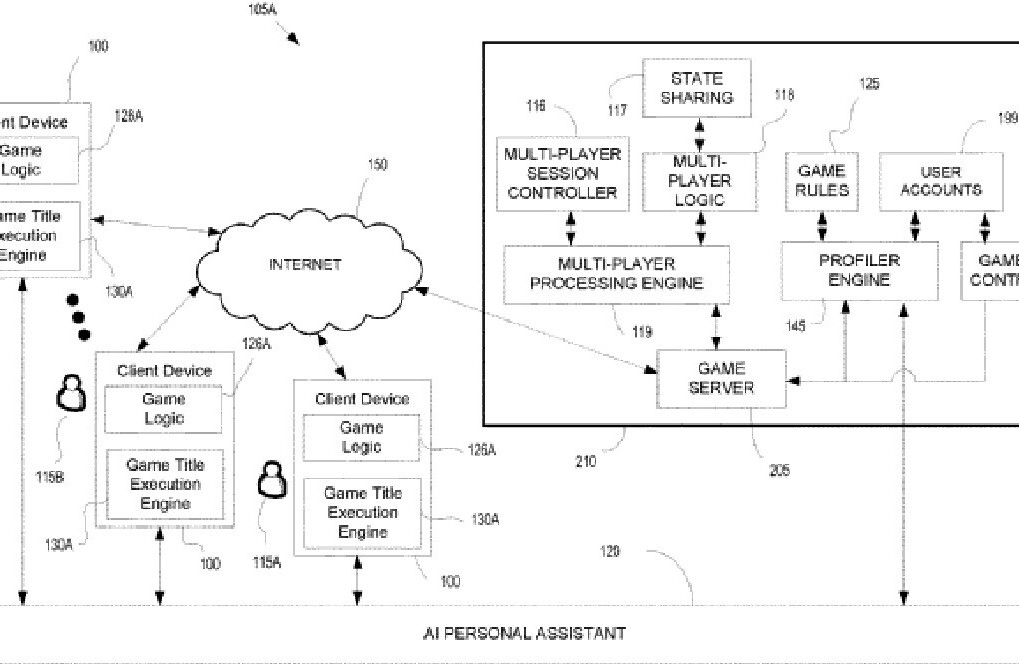
The launch of the new distinctly middling Xperia M smartphone reaffirmed one thing in my mind: the mid-range is where the battle for smartphone market share really matters for most mobile makers.
The device is the newest addition to the Xperia range and features a 1GHz Qualcomm dual-core processor, 5-megapixel camera and has a 4-inch FWVGA (854 x480 pixels) display, and while that’s a perfectly respectable spec list (perhaps aside from the screen resolution) it doesn’t scream high-end.
Of course for that Sony has the Xperia Z, it’s true water resistant, dust resistant flagship.
That said, some of the features found on the Xperia M are the same as those found on the Z – the overall look and design of the phone, for example, and some of the camera and audio software features – but despite these similarities they really aren’t the same phone, and that’s a good thing.
While in some sense filtering down from the high-end to mid-range is a good thing for consumers, it makes differentiation between the phones harder for the manufacturer (and in some cases, the consumer), and with such homogenous hardware design software is where that differentiation is really happening for most, which is why I like that Sony is still focusing on the hardware for its flagships – name another ultra-slim range-topper that you can also take into the shower with you, if you so wished.
However, take that filtering down of features too far and you end up cannibalizing your top end.
Notably, Nokia is another handset maker keen to extend the breadth of its ‘hero’ Lumia brand by launching several devices around the mid-range but in doing so has created what I consider to be a disincentive to upgrade for existing owners. It also creates few compelling reasons to go for its most expensive flagship handset for new customers that may be tempted to swap back to the Finnish way of doing things. For example, the Lumia series is getting a name for delivering good camera and music experiences, but that isn’t restricted to only the best-specced phones, so why go for the most expensive when you get 95 percent or more of the functionality and user experience from other models lower in the range?

The path that Sony is walking is a tried and tested one, and is being used by others in the industry. Samsung, for example, was releasing around one phone or tablet per week for the first few months of the year, and the majority of those were mid-range, but while the South Korean handset maker can afford to take a punt on the occasional model becoming a hit or a miss, other manufacturers have less leeway in their financial results. Samsung also already has its hit smartphone brand in the Galaxy S series, with its most recent Galaxy S4 looking set to beat previous sales records, but for companies struggling to take market share away from Samsung and Apple the mid-range is being seen as the place to compete.
Using the mid-range to maximize sales and/or entice people into a more expensive option is a delicate balancing act for mobile makers. On one hand you need to deliver the features people want but you also need to keep something back that makes the next hero handset a must-have. This balancing act is one of the areas where Nokia, HTC, BlackBerry, and other manufacturers continue to struggle but all of them now seem to have recognized that a strong mid-range is essential as it’s where they can find the volume in sales currently only enjoyed by one or two manufacturers at the very high-end. Just as long as they don’t deliver too much for too little.
Image Credit – Sony
Get the TNW newsletter
Get the most important tech news in your inbox each week.




